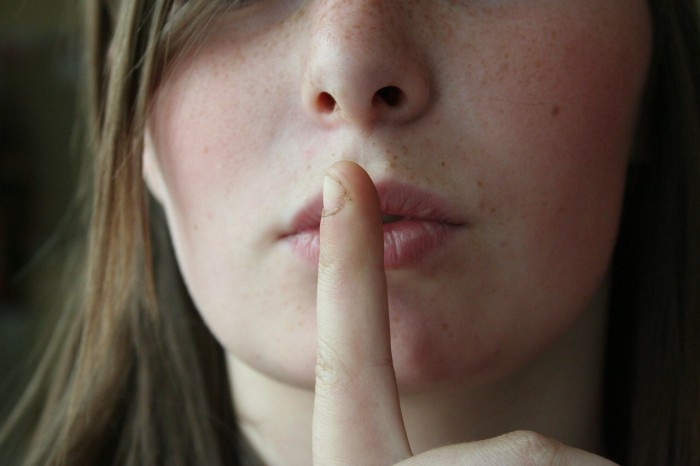Fear of silence or – sedatephobia “Silence,” it is said, “says a thousand words.” It is also well known that couples who can spend their time in silence (and still feel like they have had the best conversation of their life) will always stay together. However, for some people, silence can be downright scary. There is a term for this phobia: Sedatephobia. The word comes from the Greek ‘Sedate,’ which means ‘silent or asleep or dead,’ and Phobos, the Greek God of fear, terror, or aversion. The phobia was relatively unknown 50 years ago. However, nowadays, it is a fairly common phobia.
Expert hypnotists and psychotherapists see prominent Sedatephobic individuals in their practices and believe that this number will continue to increase for decades to come. For people with Sedatephobic, the darkness may not be scary, but the silence and lack of noise can lead to a total panic attack. People who have Sedatephobia cannot bear silence; They constantly need noise and human interaction. This constant need can be very detrimental to the individual.
Index
Causes of Sedatephobia
- Like all other specific phobias, the fear of silence is usually caused by a traumatic or damaging episode in the person’s life with dread.
- Some phobics, for example, may have been locked up or abused by an adult (some have been kept in basements or closets as punishment when no outside sounds reach them).
- The feelings that the child has experienced can be permanently etched in his mind.
- The news of the death of a loved one or another traumatic/damaging episode associated with silence can also trigger this phobia.
- Many experts believe that technology has also led to the constant need for sounds around humans.
- For some people, it is impossible to meditate or sit in a quiet room for a few minutes as they always need their phone, music, television, or the noise of the traffic around them.
- Do you remember the inability to be silent in the lower grades when teachers insisted on total silence? Children especially cannot stay quiet, as they are, by nature, noisy.
- They also have more energy; therefore, they cannot whisper either.
- Everything they do has to be loud and amplified.
- Adults often ask children to shut up, who often face punishment when they don’t.
Silence is typically associated with night, forests, or other uninhabited areas utterly devoid of civilization. Being silent can mean being “chased by supernatural beings or things that collide with the night.” It also brings fear of the unknown. Most people who have Sedatephobia also tend to have inherent anxieties. They can be inherently monophonic (the fear of being left alone). The fear of ghosts is also associated with this phobia. Other causes of the fear of silence phobia include adrenal insufficiency, depression, hormonal imbalances, and delusional paranoia.
Symptoms of fear of silence
Excessive noise can be debilitating and cause headaches. However, it is silence that can cause various symptoms in a Sedatephobe. Power outages can be especially difficult for these people, as they are left without technology, noise, music, or movies to comfort them. When left silent, the phobia can lead to an all-out panic attack that the following symptoms can characterize:
- Tremors
- Have a dry mouth and sweaty palms
- Inability to speak or express oneself: feeling detached from reality and having thoughts of death or dying.
- I was feeling sleepy, wanting to cry or run away.
- We are experiencing rapid heartbeat, nausea, gastrointestinal upset, etc.
- Sometimes a person with Sedatephobia can also feel fear in a group when people stop talking or pause in the conversation.
- Exam times can be especially difficult for these people.
- Spending time in a library or even trying to sleep alone can be scary for those suffering from a fear of silence phobia.
Treat and overcome the phobia
- Family members can play an essential role in helping an individual overcome their fear of silence.
- Talking about the fear of a loved one (or in group therapy) can provide relief to some degree.
- Otherwise, it is best to seek professional help from a hypnotherapist or psychiatrist.
- Today, many modern therapies such as CBT (or cognitive behavioral therapy), NLP or neurolinguistic programming, and systematic desensitization therapies are known to help reduce the anxiety that Sedatephobe experiences.
- All these cures can help to get to the root of the fear of silence phobia and help the patient overcome it once and for all.
Hello, how are you? My name is Georgia Tarrant, and I am a clinical psychologist. In everyday life, professional obligations seem to predominate over our personal life. It's as if work takes up more and more of the time we'd love to devote to our love life, our family, or even a moment of leisure.

